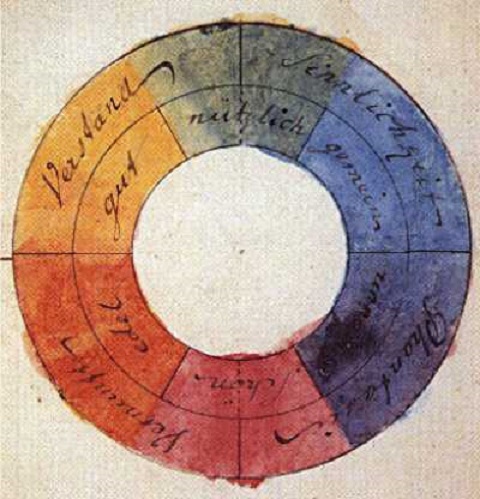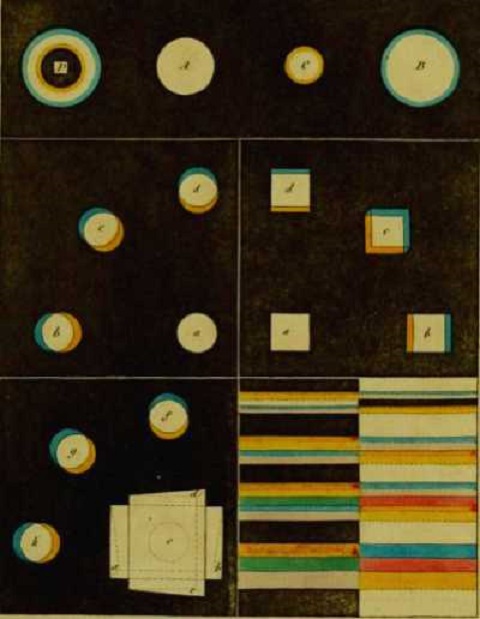While many people dream of being in the winner’s circle at the Kentucky Derby, I want to be in the inner circle of the group that calls the color shots.
Think of the power! Two years ago, the Color Marketing Group, which forecasts color trends, predicted that Boyz-N-Berry – a jam-like violet – would be THE color coming in to 2014.
Sure enough, last month two influential color icons –Pantone Color Institute and Sherwin-Williams, the paint company – named shades of purple, Radiant Orchid and Exclusive Plum, respectively, their colors of the year.
“We love it when we’re right,” said Mark Woodman, president of the Color Marketing Group, who insists his group offers direction not dictation. For more than 50 years, CMG has been forecasting what colors will be in so manufacturers of everything from fabrics to futons, carpet to cars, and dresses to dishes, can gear up.
Then he does his best to make me feel what it’s like to be in that room calling color.
“It’s really odd,” he said. “You sit with a group of people having a chat. We’re all looking at what’s going on around the world that could influence color: rock groups, politics, films, traveling art collections, economic conditions, technology, sports events. Then somebody says health care is a big deal, and that prompts someone to say people need to eat better so health care won’t be so expensive, and that leads to dark berries and their health properties, which prompts someone to mention that berries grow wild in the forest, then we think of forests, and forest colors, and the fairy tales that happen in forests, and the fairies that live there, and what color they are, and ...”
The process is like “catnip for creative minds,” Woodman said.
“But why purple, why now?”
“When we pulled Boyz-N-Berry out of the line up in 2011,” he said, “many said it was violet’s time. We thought by the end of 2013, beginning of 2014, we would be moving past the economic crisis, and it would be time to have this marvelous color that many consumers had stayed away from. Historically, purple has been linked to wealth, royalty, and high religious orders. Lately, it has also surfaced as a color of health, with the uptick in dark berries.”
“We anticipated it would hit now, and we’re seeing affirmation.”
This year the group fingered two colors to dominate in 2015: Smokey Cashmere, a warm grey with a brown influence; and Tribal Red, a slightly weathered red with a touch of orange that says heritage.
“So what’s a consumer to do with this information?” I ask.
“It’s important to know what people are doing and where color is going for a lot of reasons,” Woodman said. “For instance, you don’t want to be the one guy in the room with a purple shirt.”
Here’s what else color experts say you can do with the new purple.
Pair with care: This year’s violet has range, and changes completely depending on the combination. “With grey it would be regal,” Woodman said, “with an acid green or yellow it would be completely energized, with an earthy brown and deeper green it would feel organic.”
Jackie Jordan, Sherwin-Williams director of color marketing, likes combining Exclusive Plum with copper and well-worn leather for a more masculine feel, or layering it with gold, gray and white for an elegant, dreamy bedroom.
Pantone executive director Leatrice Eiseman suggests using Radiant Orchid to complement olive and deep hunter greens. “It’s gorgeous when paired with turquoise and teal,” she said.
Adapt it to where you live: Before you slather the new color on the walls of your home, consider where you live, Woodman said. Certain colors that play well in Latin America, for instance, look garish in Minnesota. When the Southwest palette of terracotta and turquoise was big, the strong colors made sense in Phoenix, but had to be paler, washed out and weathered, to work in Schenectady, N.Y.
Mix it in: The slightest touch of a top-trend color can quickly update a room. “This year’s purple is a phenomenal accent color,” said Woodman, who suggests putting it on kitchen chair cushions, either as a solid or mixed in a print. Jordan suggests painting a tired piece of furniture in the trend color. Or add the color with a throw blanket, pillows, candles or even fresh flowers in the new color.
Play with high and low: The “in” color isn’t fixed as one intensity, but rather works along the continuum. Amp it up or pull it back. Think softer in a nursery, and darker to bring drama to a den. A pale violet is now out in transparent glassware. Consumers can also find mid-tone and deep values in a throw pillow. “We want people to play,” Woodman said.
marnijameson.com
Read more here: http://www.charlotteobserver.com/2013/12/17/4551264/at-home-violet-is-the-hot-color.html#.UrHnPfRDuu8#storylink=cpy







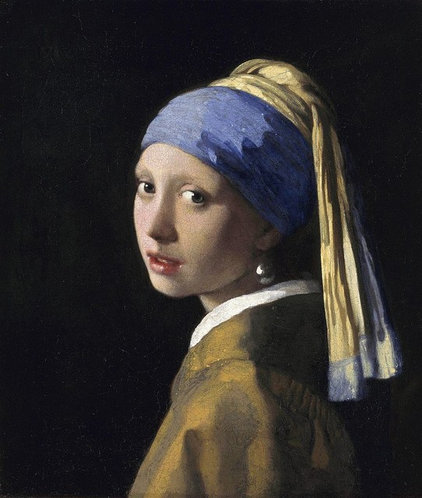









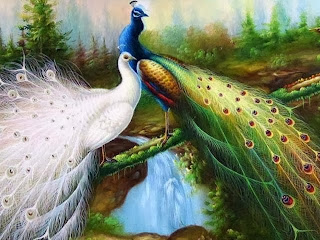










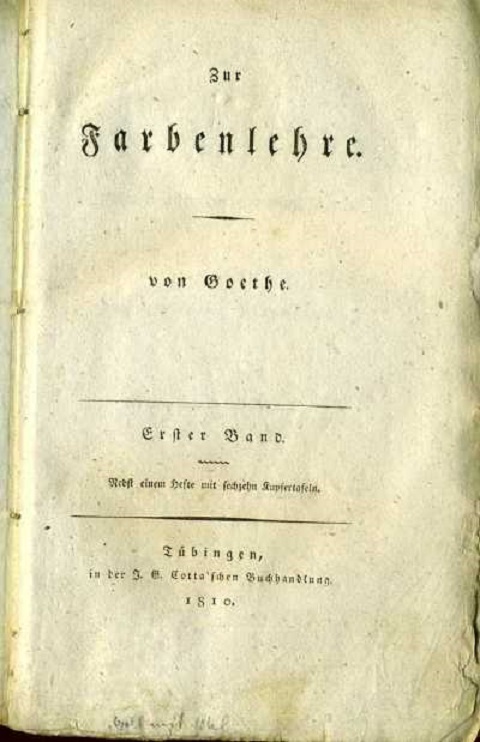

![goethe-color [first plate of Zur Farbenlehre]](http://cdn8.openculture.com/wp-content/uploads/2013/09/goethe-color-first-plate-of-Zur-Farbenlehre.jpg)

